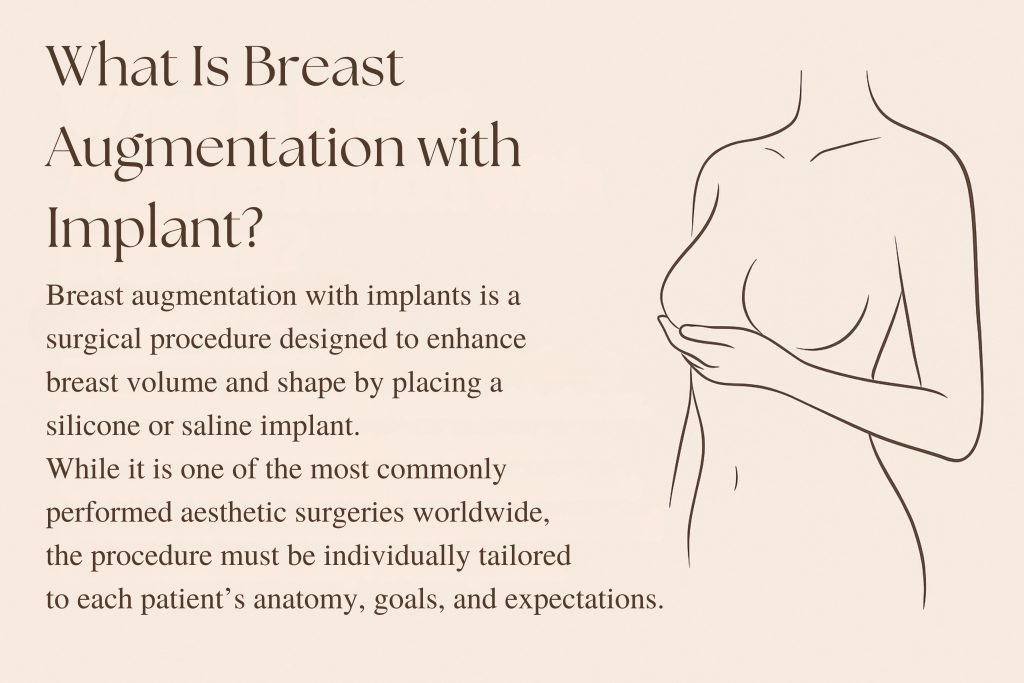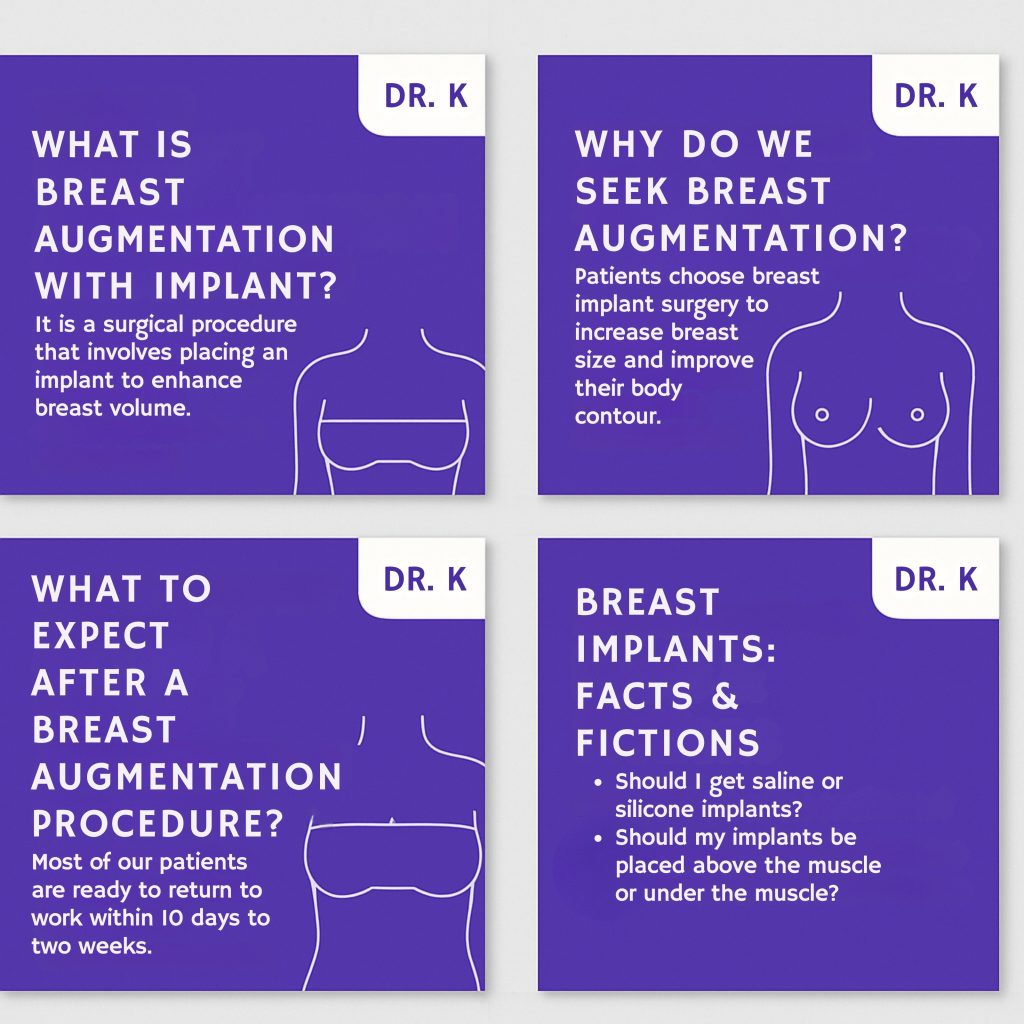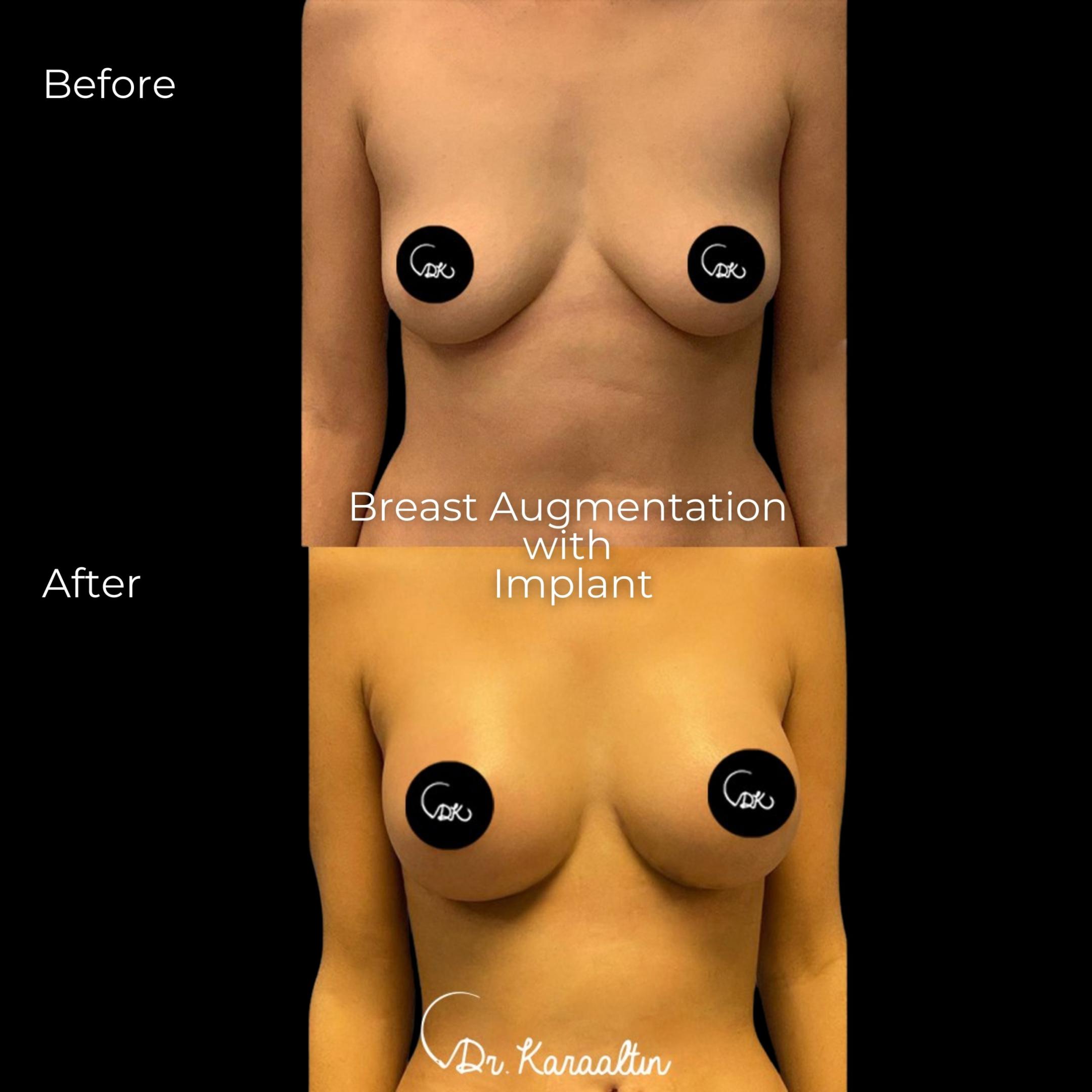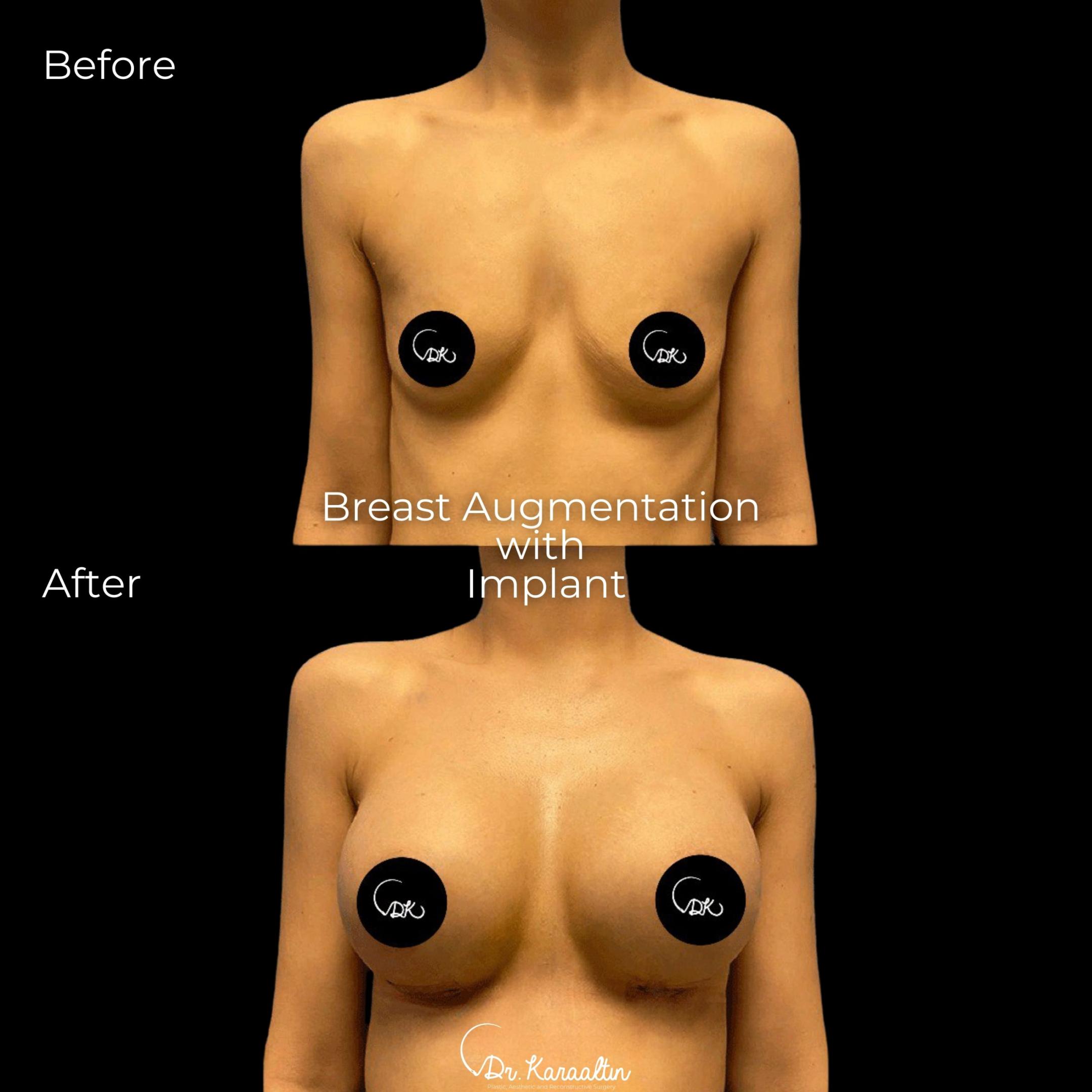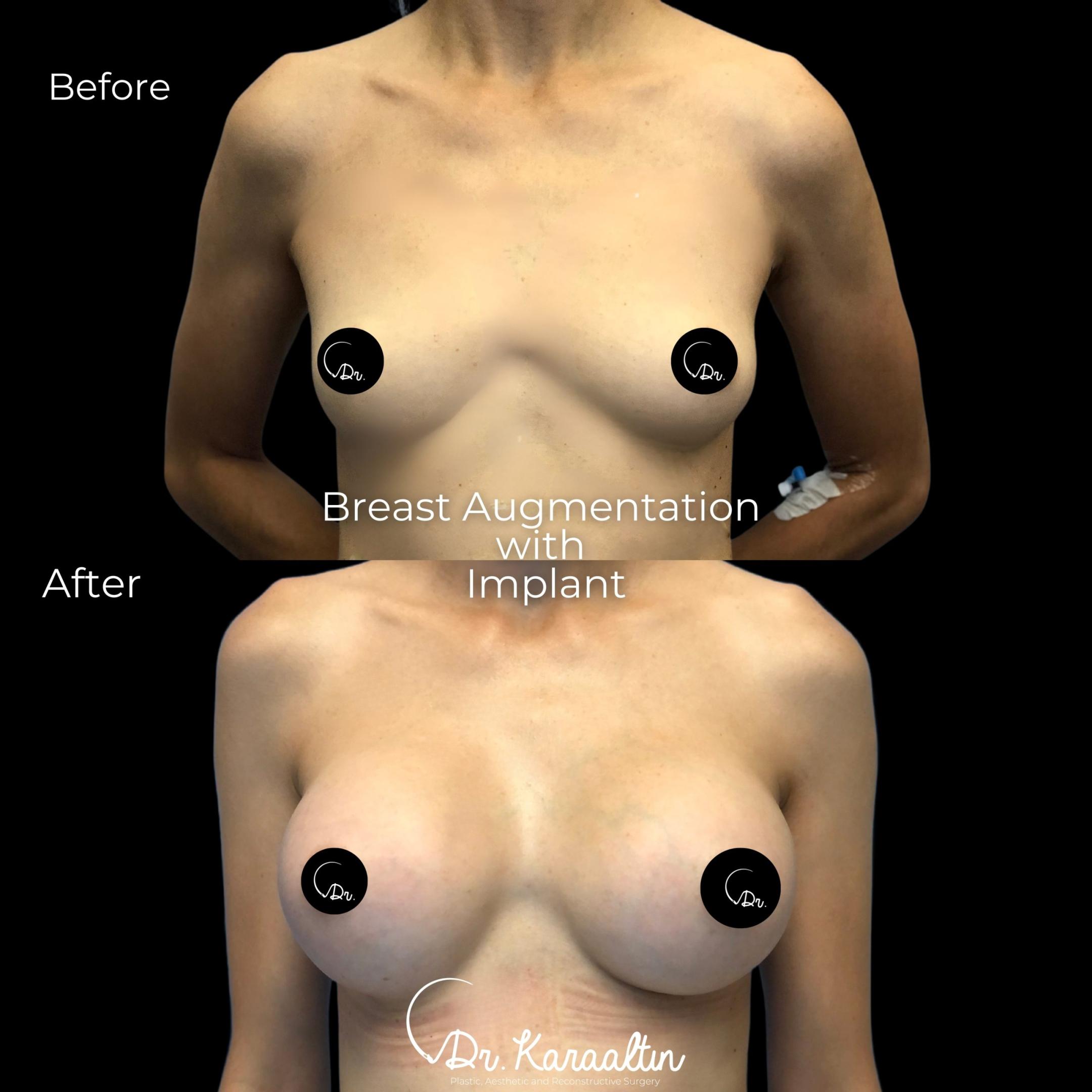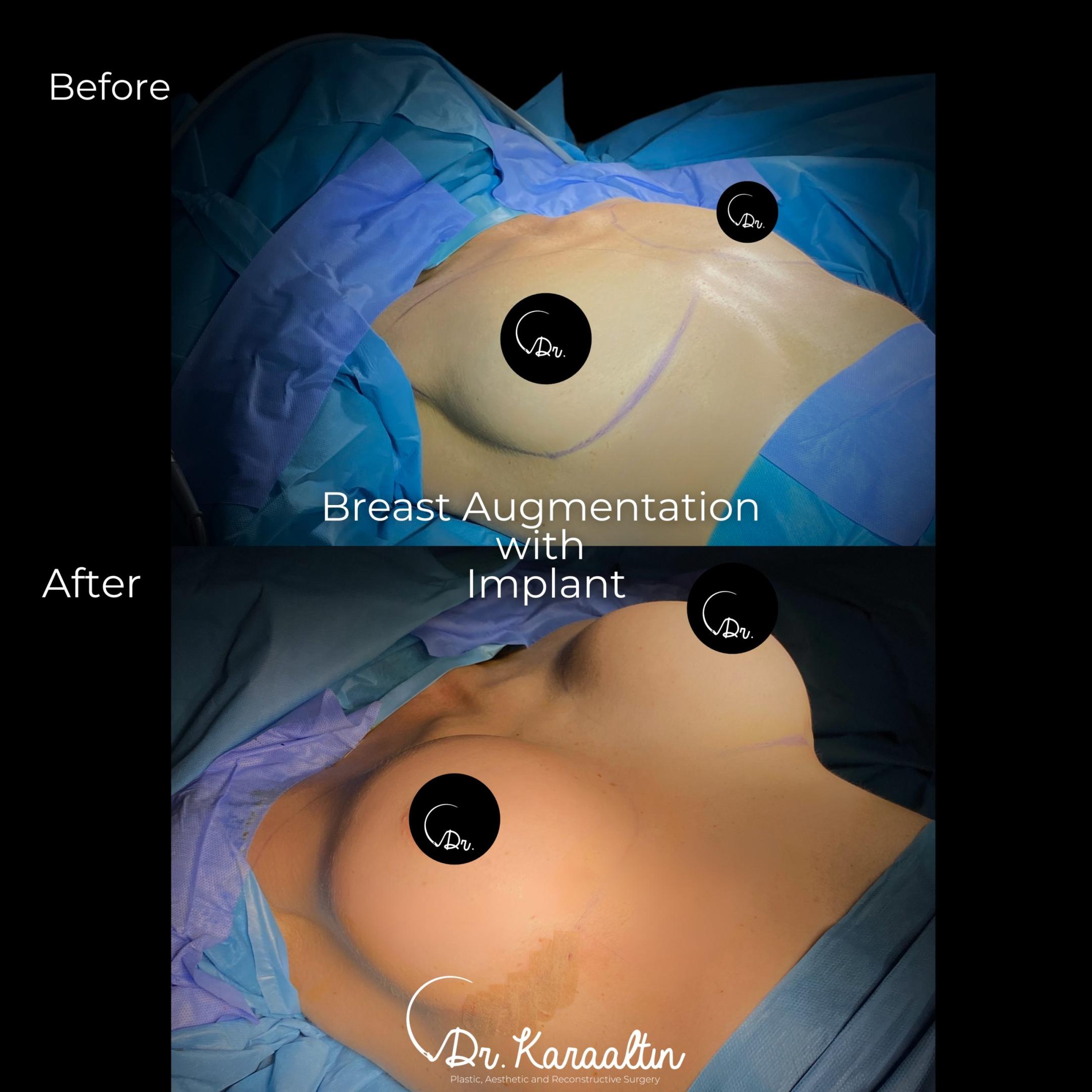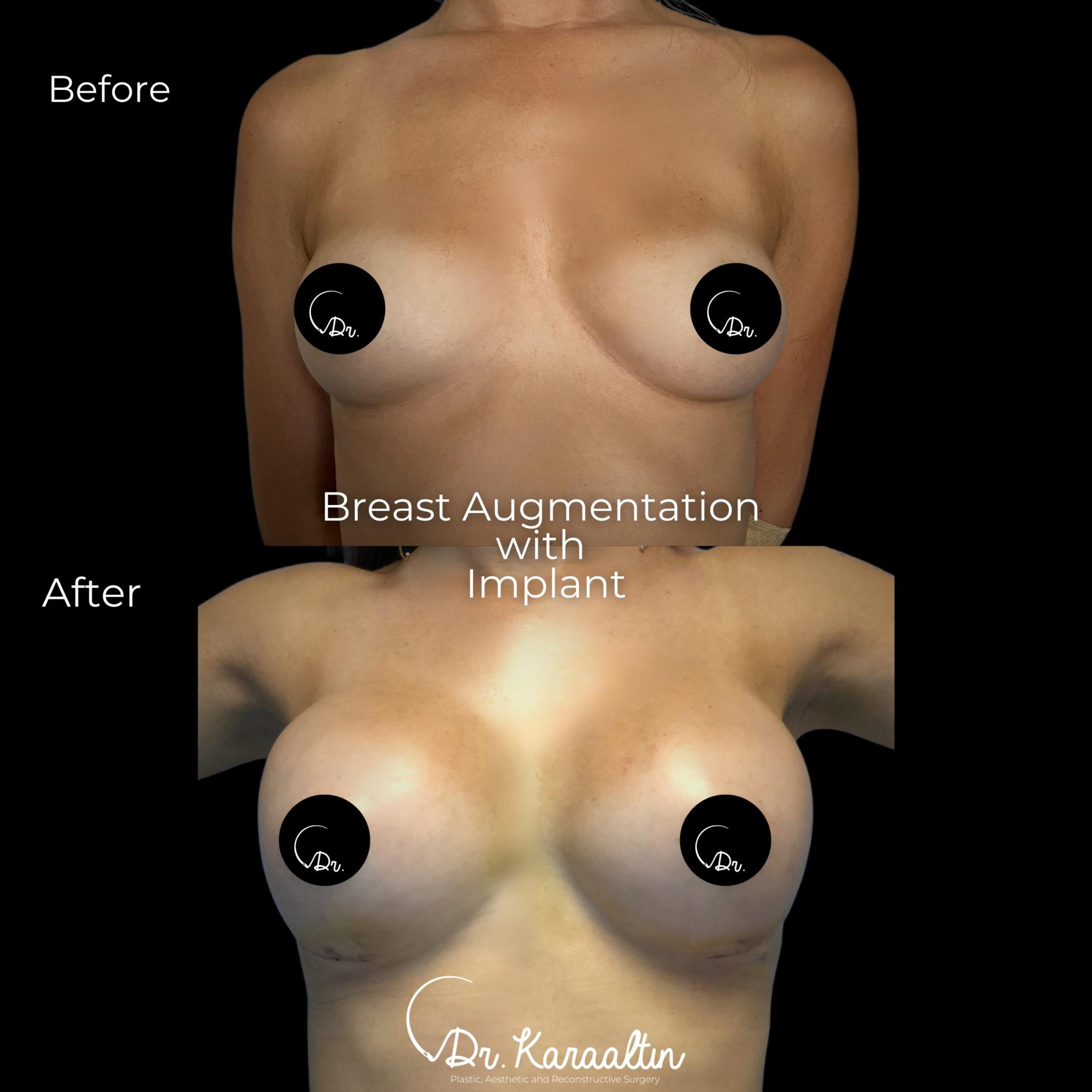Contact Table of Contents Sculpted Confidence. Personalized Beauty.Breast augmentation with implants is a surgical procedure designed to enhance the volume, symmetry, and shape of the breasts using medical-grade implants. As one of the most frequently performed cosmetic surgeries worldwide, this procedure offers dramatic yet natural-looking results, provided it is meticulously planned and tailored to your unique anatomy and goals.With Prof. …
Take the next step & schedule a visit today
- +90 212 325 42 42
- Besiktas / Istanbul
